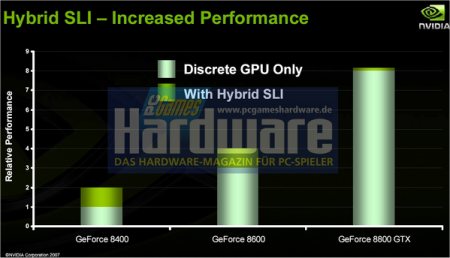Sure, on second thought maybe RS780 isn't that much less expensive either:Sure it is big, but it is an one-chip-solution and probadly include a GF8400-class-IGP, which will convince imo some OEMs.
- SB600: 35mm2
- RV610 on 55nm + 16x PCI Express 2.0 -> 60-80mm2?
- Extra costs related to having two packages, an extra bus, etc... (not huge but still)
NVIDIA probably has 90%+ yields on something like MCP78 too. If the GPU is defective, they sell it as a discrete chipset - and they also likely sell a version with redundancy in nearly every subsystem (fewer USB ports, fewer SATA ports, 100Mbit Ethernet instead of 1GBit, etc. etc.)
Even then, this makes me wonder how big G98 and MCP72 will be. I'd presume 85-90mm2 for the former and regarding the latter, it depends on what the differences with MCP78 really are... Also, I guess this means NV is going to keep competing in the lower-end IGP market with MCP61/MCP68 for some more time. Same for MCP73 in the Intel market once MCP79 comes out.


